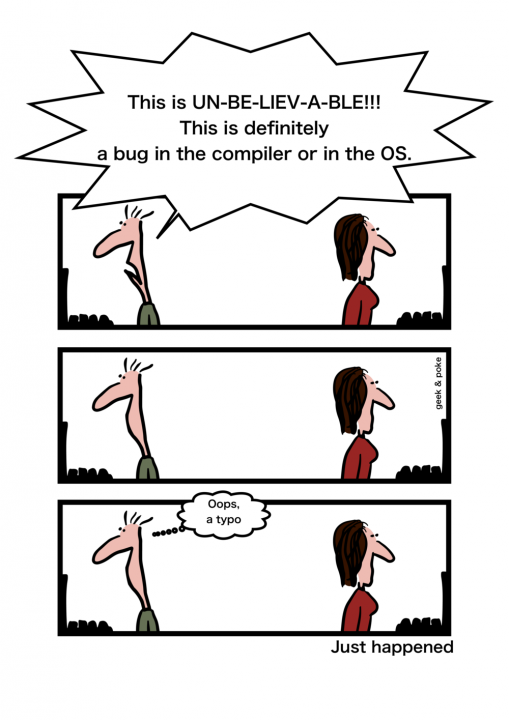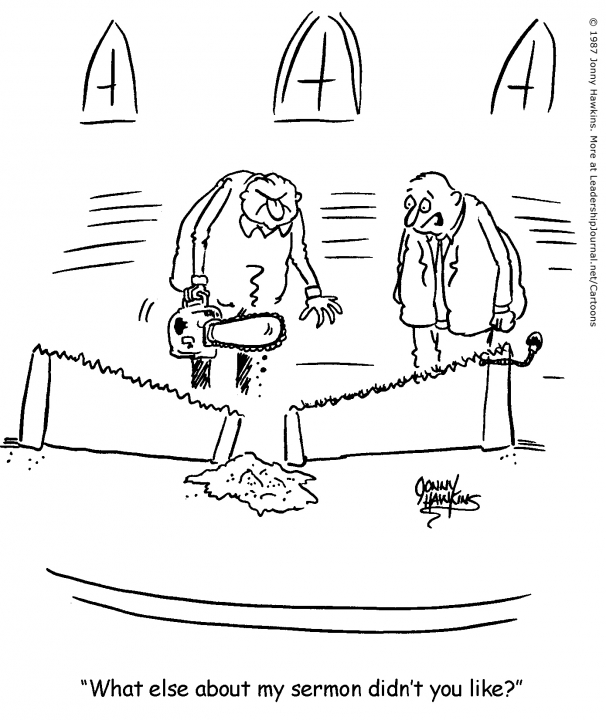Het arrangement Checklists for review EN - oude versie is gemaakt met Wikiwijs van Kennisnet. Wikiwijs is hét onderwijsplatform waar je leermiddelen zoekt, maakt en deelt.
- Auteur
- Laatst gewijzigd
- 04-02-2019 15:29:34
- Licentie
-
Dit lesmateriaal is gepubliceerd onder de Creative Commons Naamsvermelding-GelijkDelen 4.0 Internationale licentie. Dit houdt in dat je onder de voorwaarde van naamsvermelding en publicatie onder dezelfde licentie vrij bent om:
- het werk te delen - te kopiëren, te verspreiden en door te geven via elk medium of bestandsformaat
- het werk te bewerken - te remixen, te veranderen en afgeleide werken te maken
- voor alle doeleinden, inclusief commerciële doeleinden.
Meer informatie over de CC Naamsvermelding-GelijkDelen 4.0 Internationale licentie.
Aanvullende informatie over dit lesmateriaal
Van dit lesmateriaal is de volgende aanvullende informatie beschikbaar:
- Toelichting
- This is a building block of the Open OiO (Research in Education) project of HBO-ICT. It is a complete piece of education for HBO-ICT students. A checklist will enable you to increase the validity of a product
- Leerniveau
- WO - Bachelor; HBO - Master; HBO - Bachelor;
- Leerinhoud en doelen
- Informatica;
- Eindgebruiker
- leerling/student
- Moeilijkheidsgraad
- gemiddeld
- Studiebelasting
- 6 uur 0 minuten
- Trefwoorden
- bouwsteen, hbo ict oio, hbo-ict, oio, onderzoekend vermogen, onderzoekende houding, open oio
Gebruikte Wikiwijs Arrangementen
hbo-ict open-oio. (2019).
Checklists voor review (NL)
https://maken.wikiwijs.nl/138518/Checklists_voor_review__NL_




